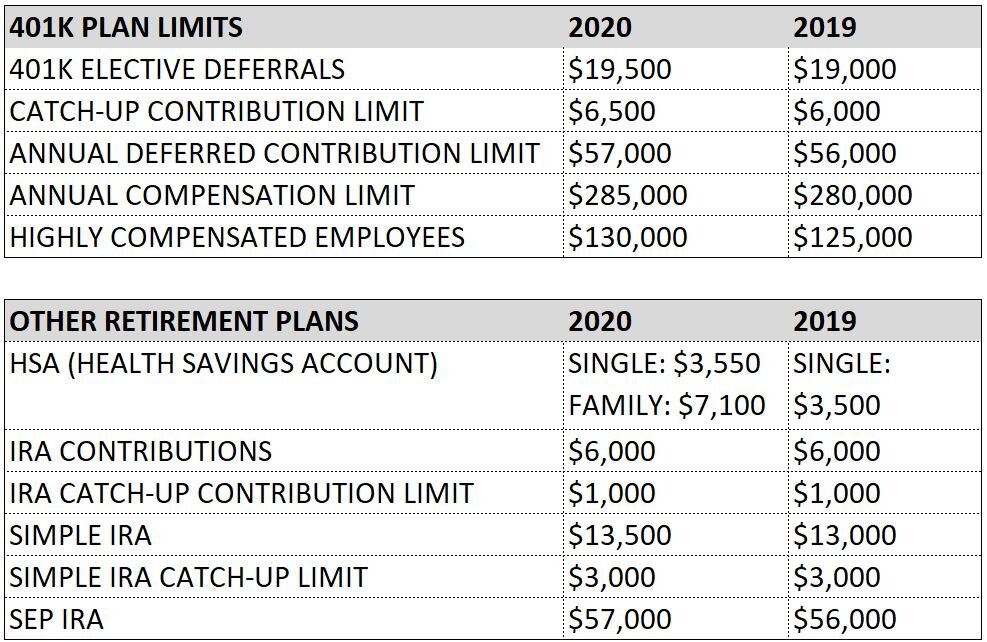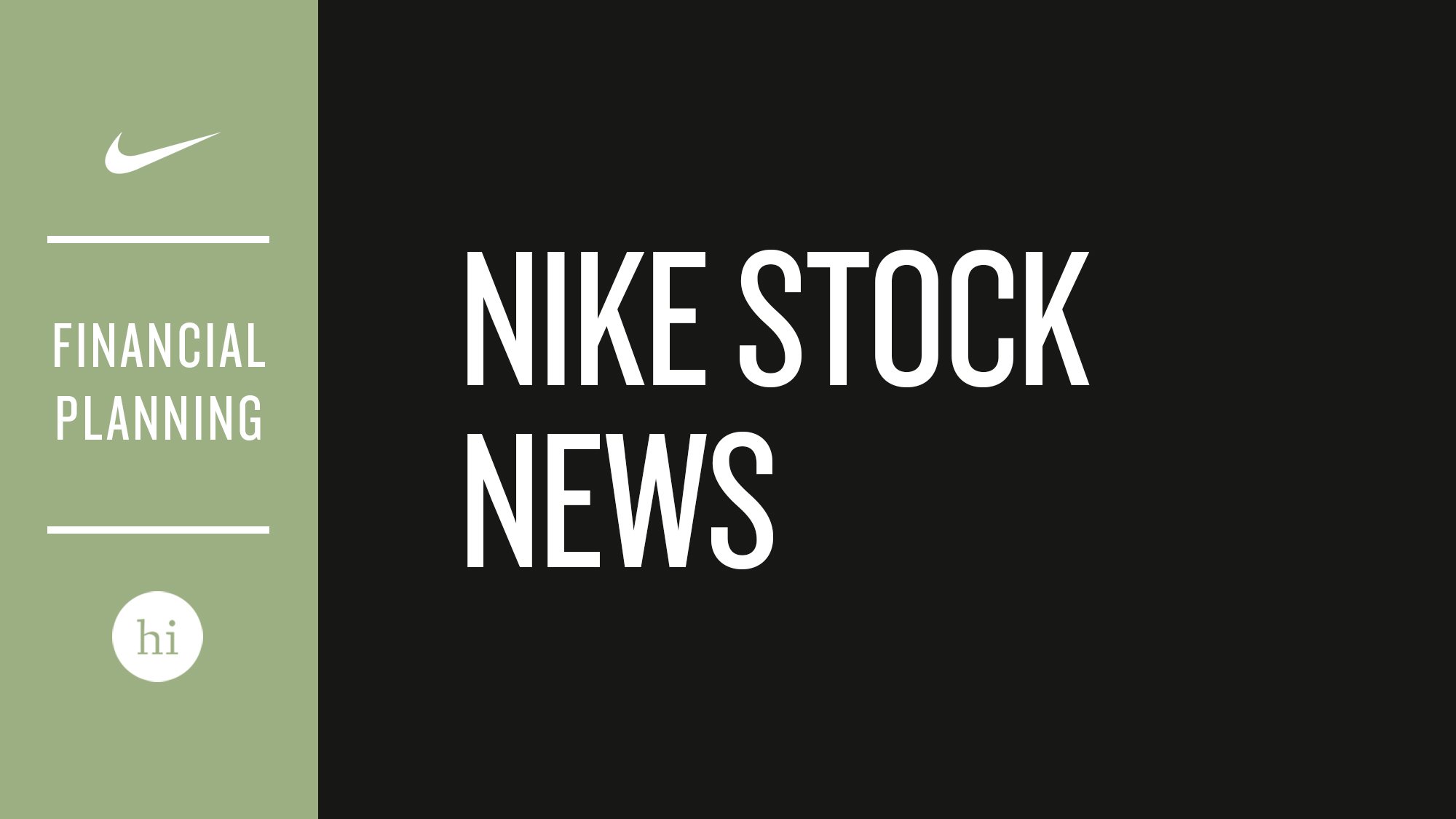In our last post, we addressed the most significant anchor that is working against the financial planning industry, how it’s kept from adapting within changing market expectations, and that we need to move towards something better for clients. This anchor is the “Assets Under Management” business model that is the dominant form of revenue generation for financial advisory and wealth management firms.
In this piece, we will highlight a related aspect of compensation but look at it from the planner/advisor perspective. In other words, our focus will be on compensation structures for planners and the role of incentives. To be sure, these two topics are interrelated and often confounded. These real and heavy anchors are keeping us from a state of optimal outcomes. Charlie Munger could not have been any more right when he said, “Show me the incentive and I’ll show you the outcome.” Let’s take a look.
An “Agency Problem”
Before we get into compensation models, it is imperative that we identify and define a concept called an agency problem. In its simplest form, an agency problem is one that contains a conflict of interest. It is a situation when someone (called an “agent”) is entrusted to act in the best interest of another party (called a “principal”) but has interests that are different (and often competing).
Remember that term “fiduciary?” A fiduciary standard is imposed and regulated due to the inherent agency problem that exists between the client and the financial services professional (and/or industry). To review, the CFP Board defines fiduciary through the lens of the interaction between a financial planner and a client. Its fiduciary standard of care “requires that a financial advisor act solely in the client’s best interest when offering personalized financial advice.”
Think about that for a second
Who else’s interest would they be serving when they offer advice? The very fact that a fiduciary standard is required reveals the problematic state of the industry. It is worth repeating…we can and simply must do better! However, the business models of financial planning firms and the compensation of financial advisors are anchors that necessitate considerable and seemingly insurmountable effort to move beyond the current climate.
So how are advisors paid?
In a commission and fee firm (often termed a “hybrid model”), advisors are often paid based on the commissions generated on the products sold. More directly, commissions are charged to buy and/or sell a mutual fund and when selling an insurance product such as a cash-value life insurance policy or an annuity. These commissions are called gross dealer concessions (GDCs) to the brokerage firm and the advisor receives a percentage of the GDC. The percentage that the advisor receives is most often determined by their relative tier based on the volume of sales dollars, meaning that the more products sold, the higher the percentage of GDC received.
In a fee-only firm, it is common for advisors to receive a salary as well as bonuses based on a percentage of their book. That means that the more assets they manage, the greater their additional compensation. More money can be made by bringing in new clients.
So what is the dominant incentive? It is quite clear that the incentive in the former is to sell investment and insurance products, and the incentive in the latter is to build and protect their book of business. But what about the amount and quality of financial advice? What about the degree of service and attention? What about providing an unbiased perspective? These are the conflicts that exist.
Citing these conflicts is not intended to suggest that a particular individual within any of the systems above is not providing high quality financial advice and excellent client service. It is meant to clearly call out the inherent conflict of interests that exists within these compensation models.
Conflicts everywhere
And since Charlie Munger’s quote has been proven true for decades, we would be wise to pay attention. Truly, it is the case…find the incentive and you will likely find the outcome. So what outcomes are naturally linked to these incentives? At worst, if the incentives are large bonuses that are paid for selling products that generate a (very large!) commission, the interest of the advisor is to sell as many of these products as possible.
Selling = more $$. The interest of the client is sound, comprehensive, and objective advice and purchasing only products that best meet their needs. If the incentive is bonuses that are paid based on the volume of assets managed, the interest of the advisor is to provide advice that results in more managed assets and allocate time on only activities that build and retain assets.
More assets managed = more $$. The interest of the client is sound, comprehensive, and objective advice and purchasing only products that best meet their needs. This is not about the character or the quality of the advisor. It is simply about incentives. Incentives lead to behaviors, and behaviors lead to outcomes. Or as Peter Drucker once said, “What gets measured gets managed, and what gets managed gets done.”
The conflicts of interest in a fee and commission model have been highlighted and bantered about for a long time. In fact, the strong movement towards a fee-only business model has been fueled by the increasing visibility of these challenges. So we would like to devote most of our time to the primary fee-only advisor compensation model which is salary plus a bonus paid on the advisor’s book of business (amount of assets managed).
Even a fee-only structure has its limitations
This might look harmless, but there are conflicts that remain. If a large portion of compensation is determined through a percentage of the assets you manage (“your book”), the incentive is to protect the book. This means employing a time allocation method that first considers the question, “Does this activity help me build and/or maintain my book of business?” Activities that result in a “yes” response to that question are prioritized while the incentive is to minimize or eliminate activities that result in a “no” response to that question. The big problem is that many of the important services that clients are looking for do not involve activities that yield bigger books. For example, conversations around topics like financial literacy education, budgeting, debt management, benefit planning, educational funding strategies, talking through goals and values, and charitable giving rarely lead to more assets under management. So conversations are primarily directed at wealth management, retirement funding, and risk management/insurance needs at the expense of ignoring or minimizing these other vital topics. Why? Because they do not align with the incentive.
Look for comprehensive planning vs. product-focused planning
Further, for some clients the best thing they could do is to pay down debt, invest through their company’s 401(k) plan, invest in real estate, and/or engage in charitable giving. However, none of these activities builds assets under management and all of them could potentially subtract from managed assets. Again, the incentive is aligned toward advisor behaviors/advice that is contrary to the best interests of the client. Anything that takes away from the percentage bonus for the advisor is incentivized to be avoided. This dynamic is what has predominantly contributed to the difference between product-focused financial planning and truly comprehensive financial planning that we discussed several months ago and is reflected again in the graphic at the end of this post.
Truly comprehensive financial planning is such a small portion of overall financial planning due to the inherent compensation incentives.
Finally, the fee-only compensation model helps illuminate why many individuals and families do not have access to financial planning assistance. Simply and crudely put, they are not worth the time because they do not have enough assets for the planner/advisor to manage. This client may be willing and able to pay for services, but the current compensation method does not incentivize the advisor for spending time with this client.
Compensation methods need to change. It is not only a matter of preference. Real outcomes are at stake. We can and simply must do better!




























































